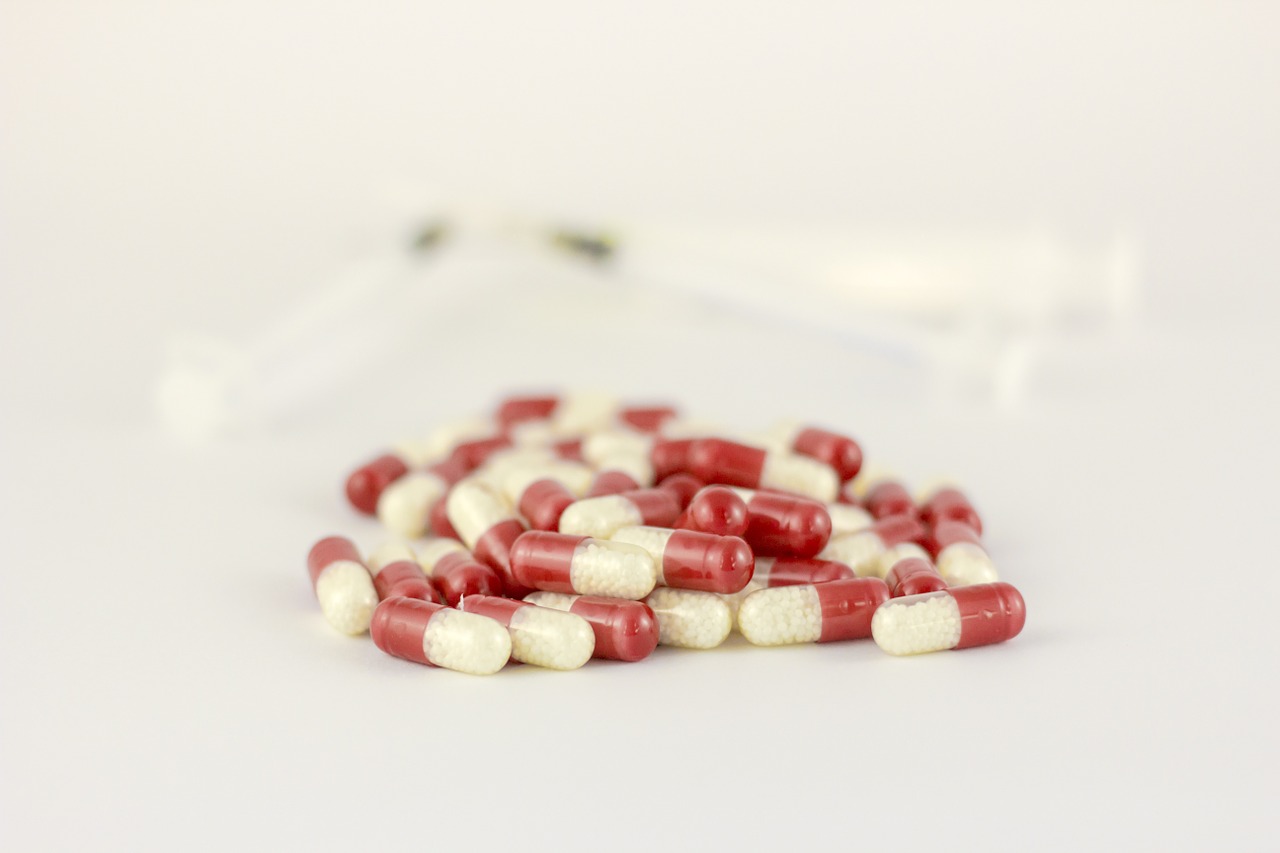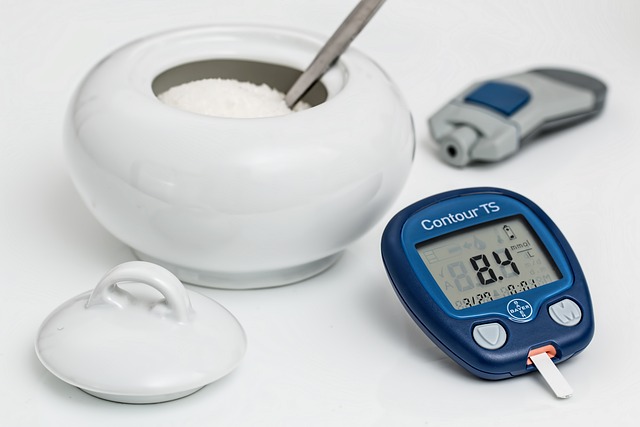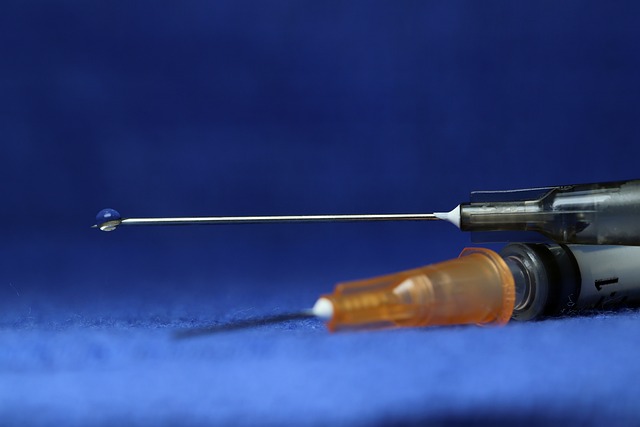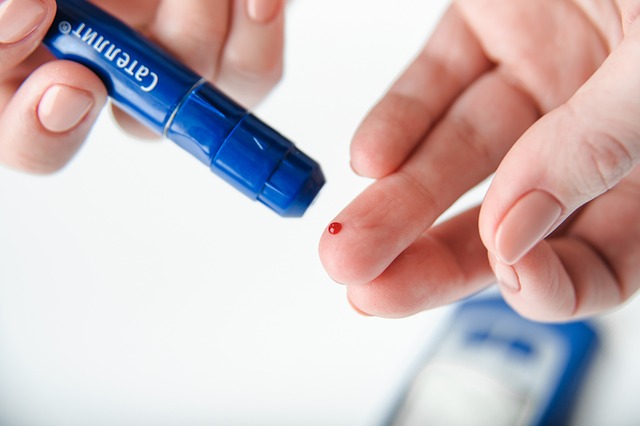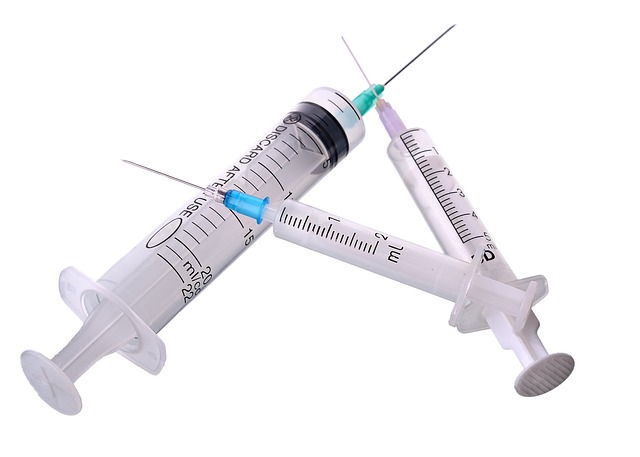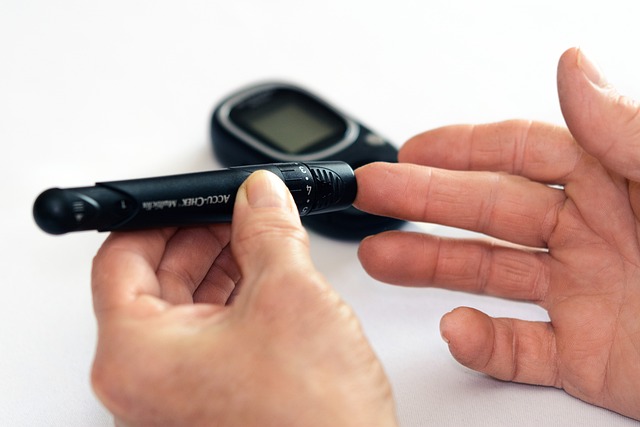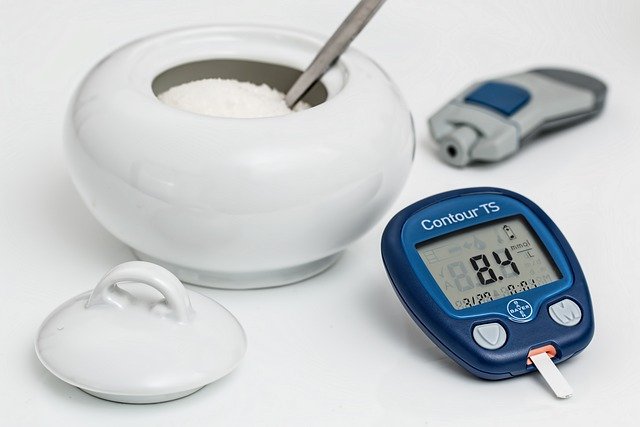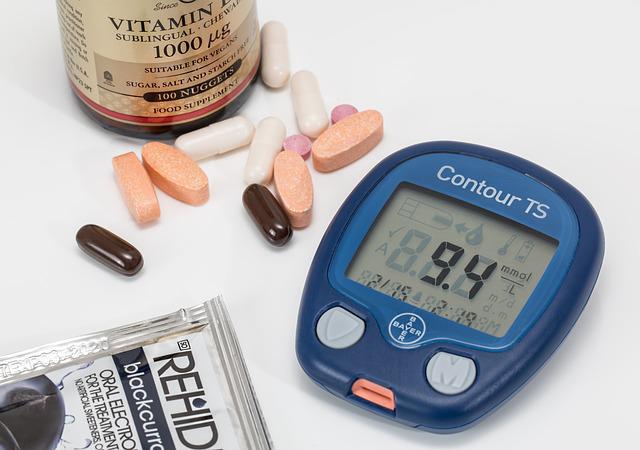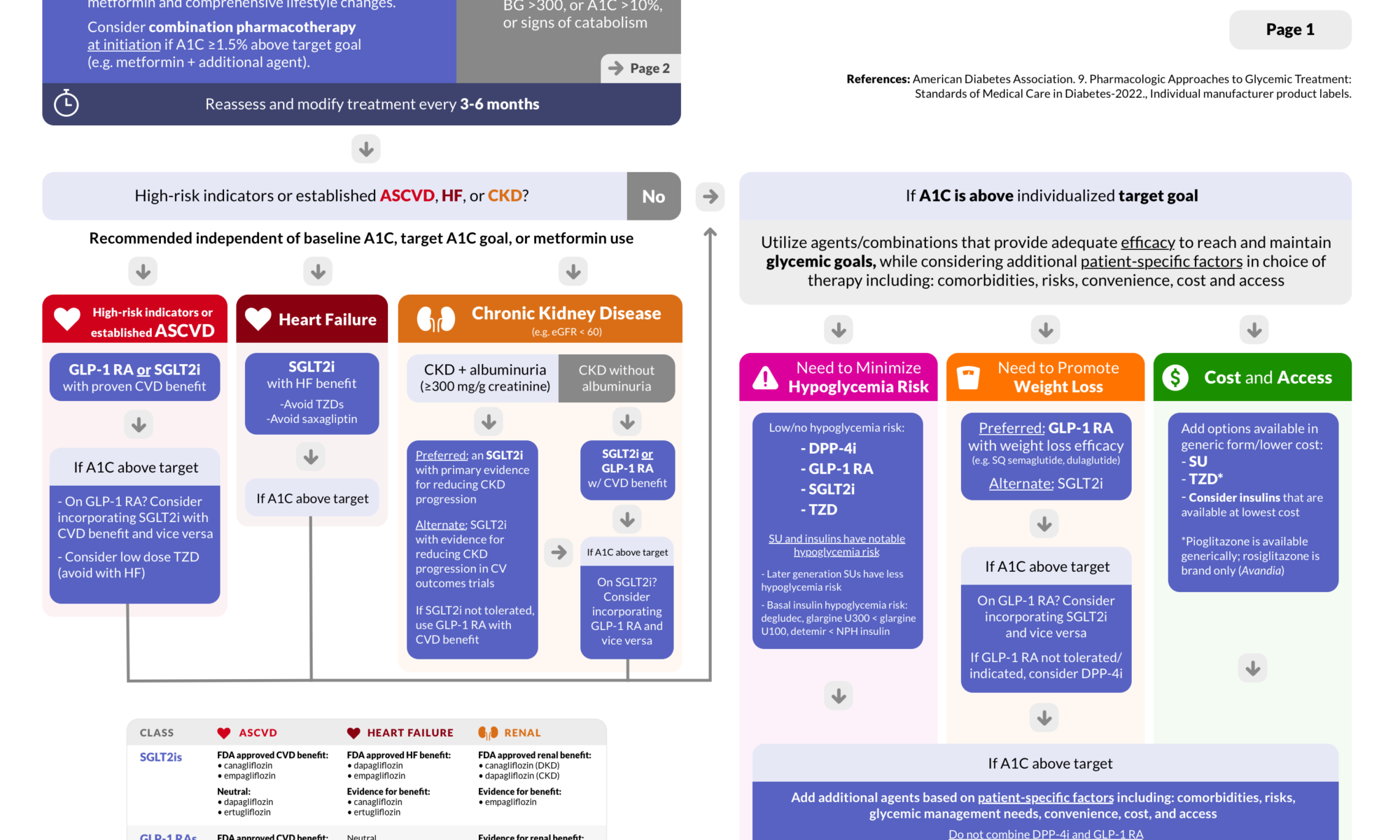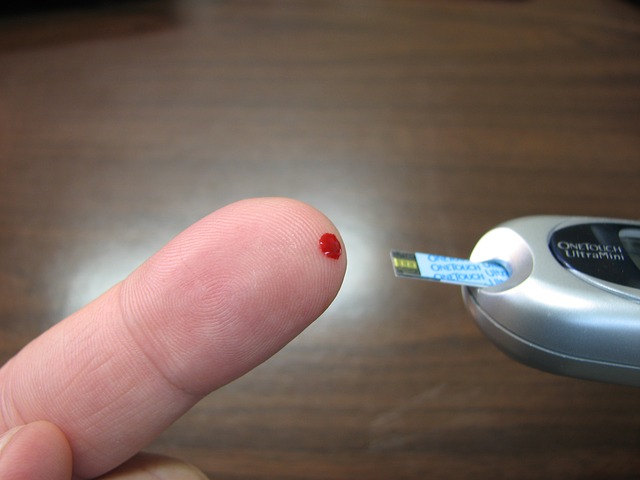Podcast: Play in new window | Download (Duration: 13:28 — 12.3MB) | Embed
On this podcast episode, I discuss bexagliflozin pharmacology, adverse effects, drug interactions, and much more.
I wasn’t wowed by the A1C reduction of this medication. I get into the specifics on bexagliflozin in the podcast episode.
SGLT2 inhibitors like bexagliflozin increase the glucose in the urine which can facilitate the growth of bacteria and fungi in the genitourinary tract.
Limb amputation and euglycemic DKA are two rare, reported adverse effects to be aware of with the use of bexagliflozin.
Support The Podcast and Check Out These Amazing Resources!
Meded101 Guide to Nursing Pharmacology (Amazon Highly Rated)
Guide to Drug Food Interactions (Amazon Best Seller)
